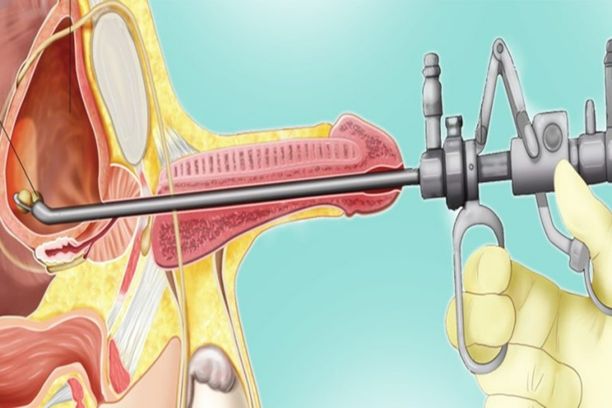Trans Urethral Resection of Prostrate (TURP) in India starts from $4000. The total cost of the treatment depends on the diagnosis and facilities opted by the patient.
The enlarged prostate gland can become a subject of concern after a certain age in men. It causes trouble while urinating and that is one of the main reason why such men are advised to undergo trans urethral resection of prostate (TURP) surgery.
What is Trans-Urethral Resection of Prostate (TURP)?
The prostate gland goes through two phases as a man grows old. The growth phase occurs during puberty when the gland assumes double its size. The second phase of growth takes place after a man has attained the age of 25. This final size at this stage continues to remain the same throughout the life. But when men suffer from benign prostatic hyperplasia, the prostate gland gets further enlarged.
When the gland enlarges, it squeezes the urethra and as a result, the wall of the bladder grows thick. With time, the bladder grows weak and loses its ability to empty the urine completely. This allows some urine to stay back in the bladder at all times. Along with this, the urethra also narrows and hence, all the problems associated with urination keep coming back.
As of now, it is not totally clear why most men develop BPH but it mainly indicates an imbalance of hormones and sexual activities with advanced age. Apart from that, there can be urinary tract infection, narrowing of the urethra known as urethral stricture, inflammation of the prostate, bladder or stones in the kidney, nerve problems in controlling the bladder, or scarring in the neck of the bladder as a result of previous surgery.
The following are some of the symptoms of BPH:
- Frequent urge to urinate
- Difficulty in initiating urination
- The urine stream that flows is weak and stops and starts in the session
- At the end of urination, dribbling is often experienced
- Straining is felt at the time of urination
- Blood in the urine
- Inability to completely empty the bladder
- Infection in the urinary tract
Some of these above symptoms can occur even in men whose prostate has not enlarged significantly.






